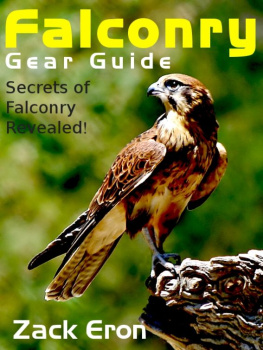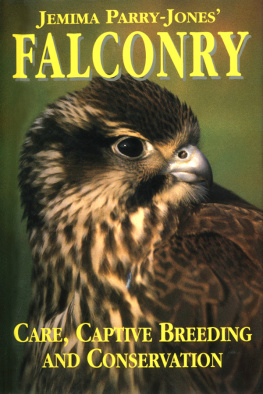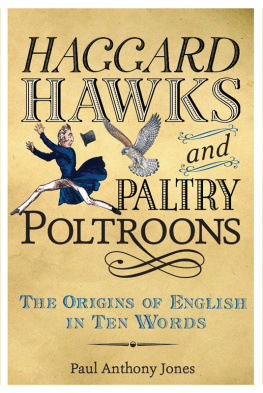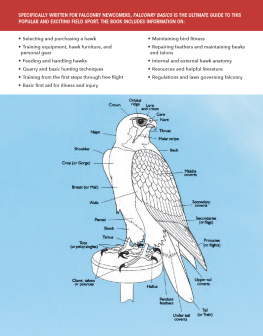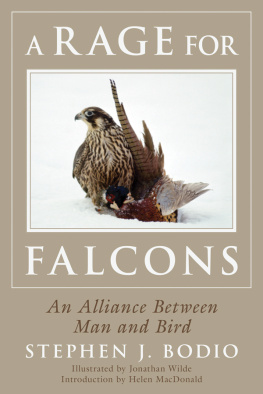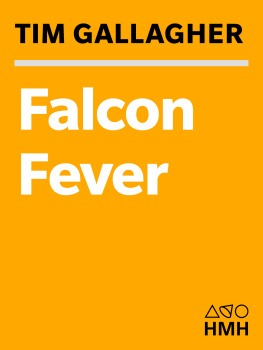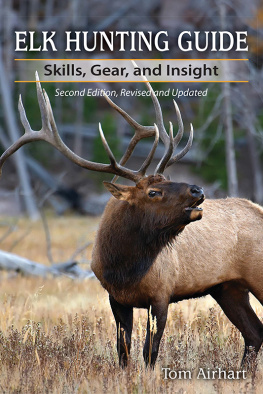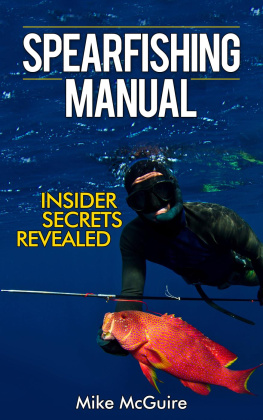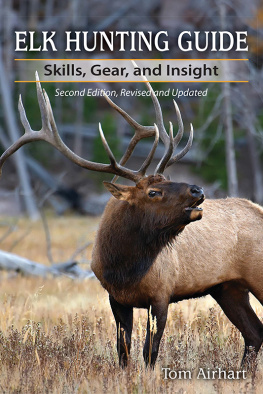Falconry Gear Guide - Secrets of FalconryRevealed!
by Zack Eron
Copyright 2011 Zack Eron
Smashwords Edition
Smashwords Edition, License Notes
This ebook is licensed for your personalenjoyment only. This ebook may not be re-sold or given away toother people. If you would like to share this book with anotherperson, please purchase an additional copy for each recipient. Ifyoure reading this book and did not purchase it, or it was notpurchased for your use only, then please return to Smashwords.comand purchase your own copy. Thank you for respecting the hard workof this author.
F alconry Equipment Buyers Guide
Falconry is the art and sport of hunting withraptors. It has been practiced in many forms for thousands of yearsby many cultures. It is the oldest field sport known to mankind.Falconry takes a lot of dedication, patience and time spent withyour bird almost everyday. It also requires special equipment andother necessary items to ensure safe and effective training of yourbird. FalconStuff.com has a selection of some of the basic andessential equipment needed in falconry which are further explainedbelow.
EQUIPMENT:
Mews
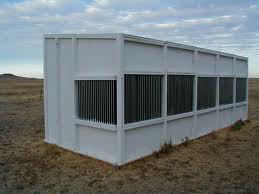
A falconry bird is usually housed in a mews.This is typically at least an 8 by 8 feet-sized area with perches,a bath, and other necessities for the bird. Mews can be a simplesingle chamber. It can also have an equipment room attached and aweathering yard where the bird is placed in to sun and spend herdays.
Hood
Probably the most important piece ofequipment. This is used in acclimatizing the birds to humans andthe human world. It also helps to keep the raptor in a calm state,both in the early part of its training and throughout its falconrycareer. Hoods are made from several different patterns, eachdesigned for a particular species
Arab or Bahraini - marked by the circular pattern to make the hoodfit the contours of the eyes and head. The braces are woven in andout of leather pleats making an accordion of the back's base whichtends not to catch the bird's crest feathers.

Dutch - traditionally made from three pieces of leather, but iserecently being made from a single piece as well. It has an invertedV opening in the back where the braces close. Although the Dutchhood style was used exclusively on falcons, a good, well-made Dutchhood will properly fit a hawk, falcon, or accipiter of the rightsize.
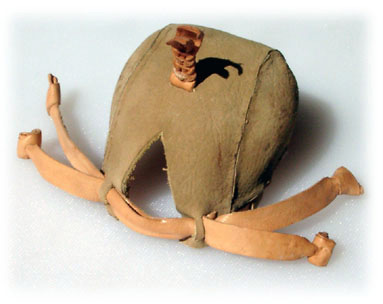
Indian, Pakistan, or Amritsari - this hood style is from Pakistanand is sometimes also known as the Indian hood outside the Indiansubcontinent. This style is marked by a straight line where theleather meets that makes the contours of the hood. Generallythought to best fit Accipiters, eagles, and Ferruginous hawks, manyfalconers dislike this hood style and prefer the Dutch hood for alltheir various species.
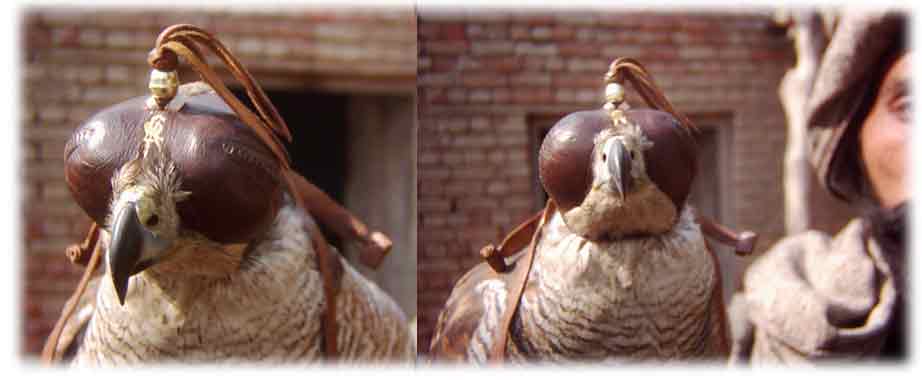
British "Game Hawkers" Hood - the plume for this style of hood wouldbe made from the first type of game caught with the falcon. Whenfalcons were carried on the cadge one could quickly see therequired falcon by the color of the eye panels and the type offeathers in its plume. Green felt eye panels would be used for aCrow hawk.
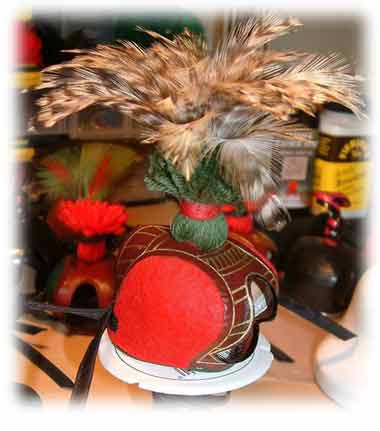
Kazakh - This hood originated in Mongolia and is used by theKazakh falconers most typically on Golden Eagles. The tab at thetop or back of this hood serves the same function as the morefamiliar top knot.
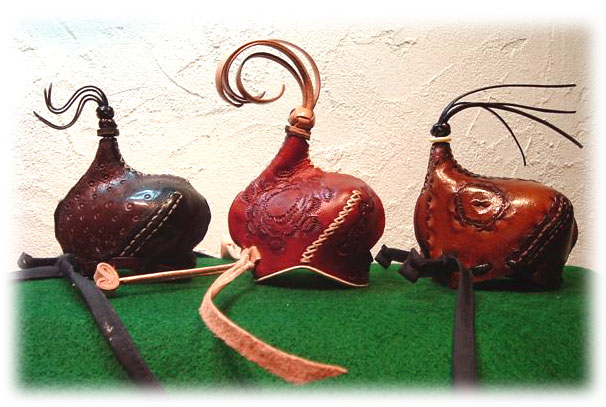
Bell
Bells are a great help in locating a falconor hawk out of sight. This is usually attached on its legs viasmall leather strips called bewits.
Bewit
Small strips of leather which attach thebells or other hardware to the bird's leg. If a different materialis used as a bewit, it should not be attached directly to the leg,but rather to the anklet.
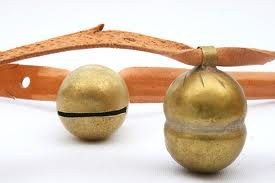
Anklets
The leather strap which goes around thebird's leg. The jesses are attached to this. Sometimes also calleda bracelet.

Identity Band
Although not required, this equipment isused by most in many countries. A small ID tag on your bird withyour name and phone number can identify your bird and makes itpossible for others to return it when lost.
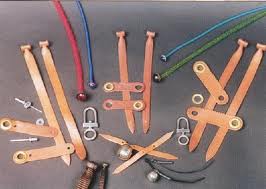
Jesses and anklets
These are strips of strong leather, nowadaysoften kangaroo, on both legs. These are used for holding the birdand are connected to the leash through the swivel. Jesses andanklets need to be replaced periodically, and checked for fit ifthey are causing injury. Keep the jesses supple with proper dubbinor similar grease.
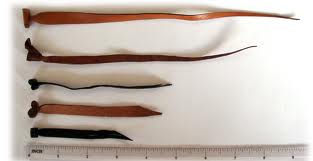
Jesses are of 2 types:
Traditional - a single strap specially knotted onto the bird
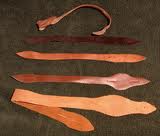
Aylmeri - a two part restraint featuring an anklet that isgrommeted on, and a removable jess strap. Nylon Aylmeri jesses,which are thinner, lighter, and stronger, have recently grown inpopularity. They do not rot or need oiling to staysupple

Leashes
Similar to a dogs leash, this is whatfalconers hold on to. Nowadays it's also usually made of nylon.Although leather is traditional, materials such as nylon andparachute cord are stronger and do not break down like leather.
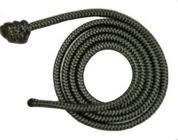

Next page
